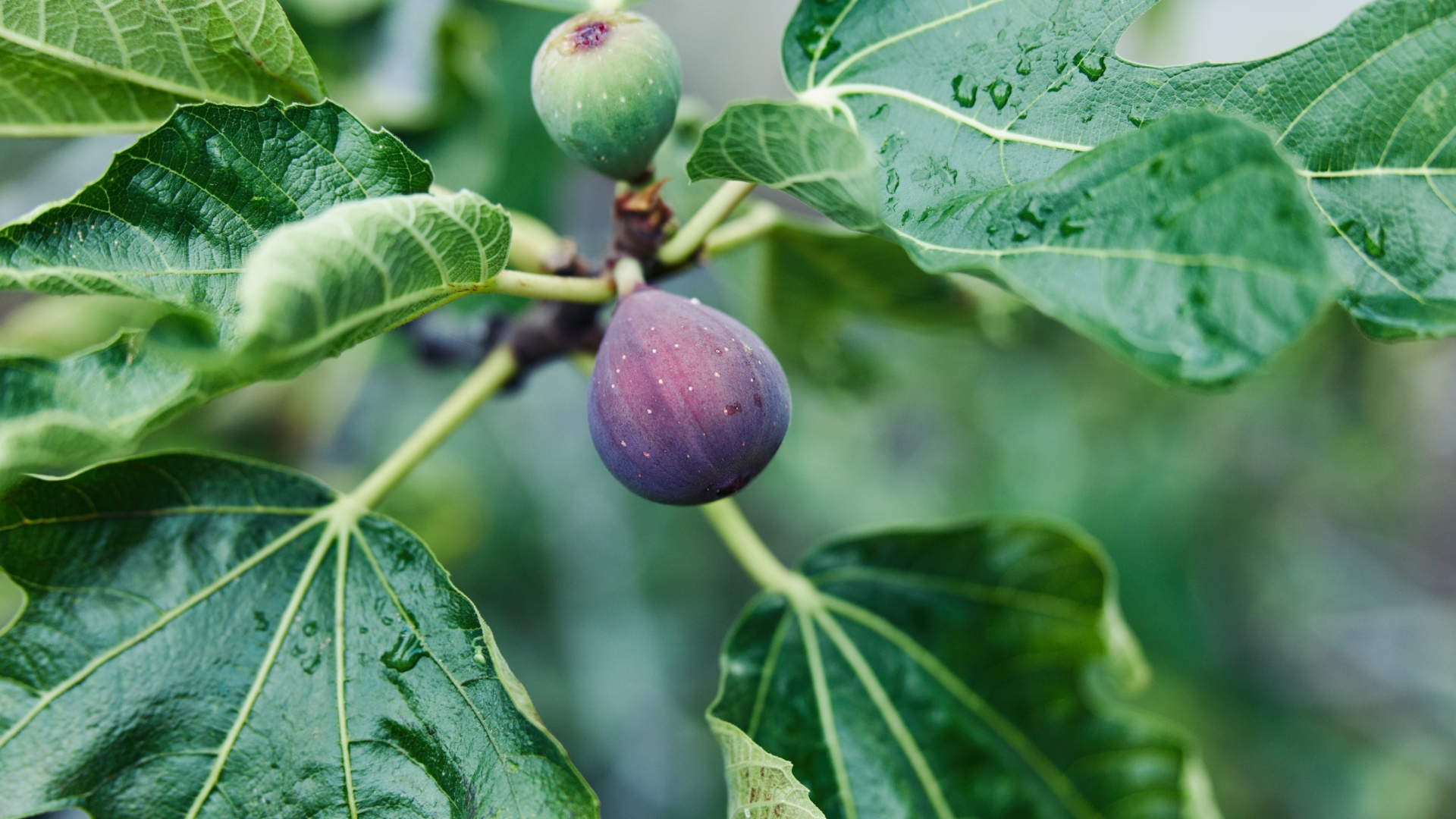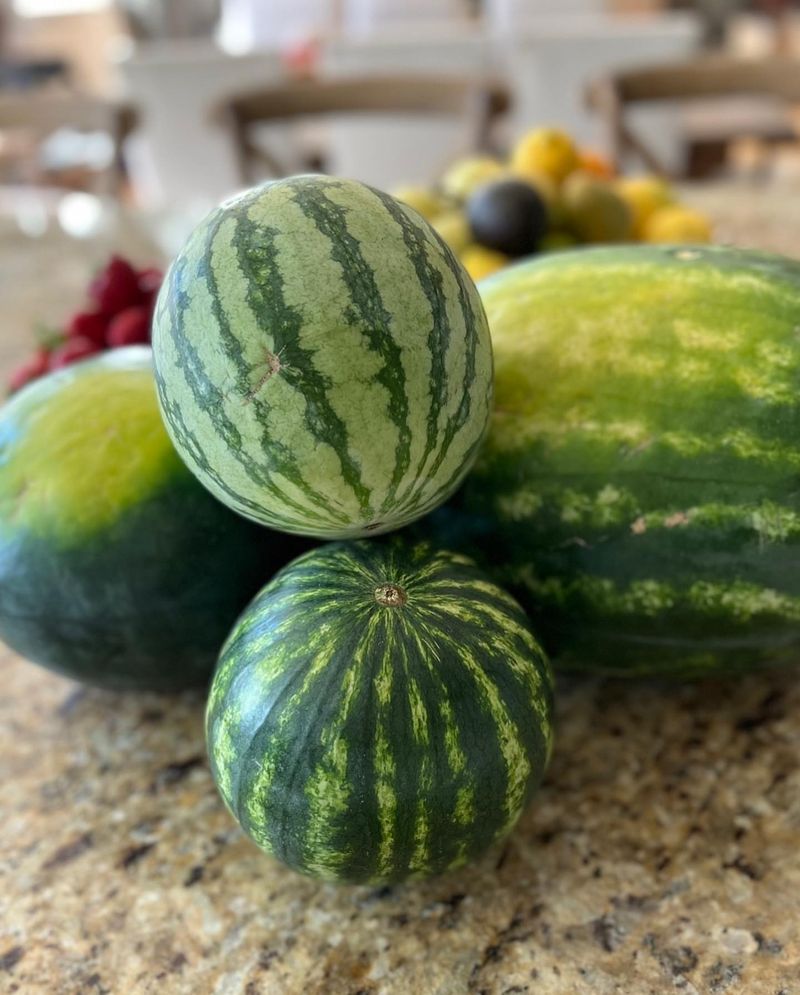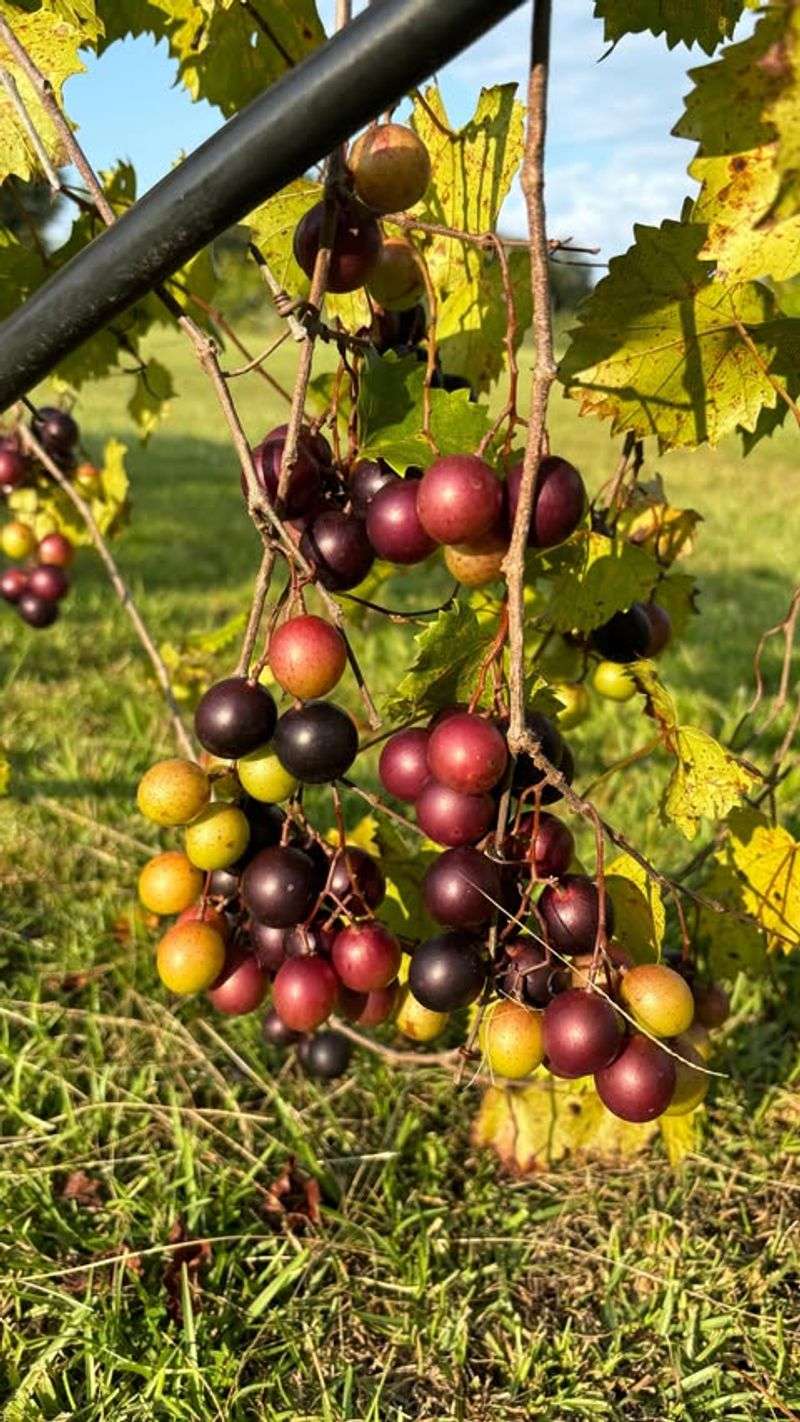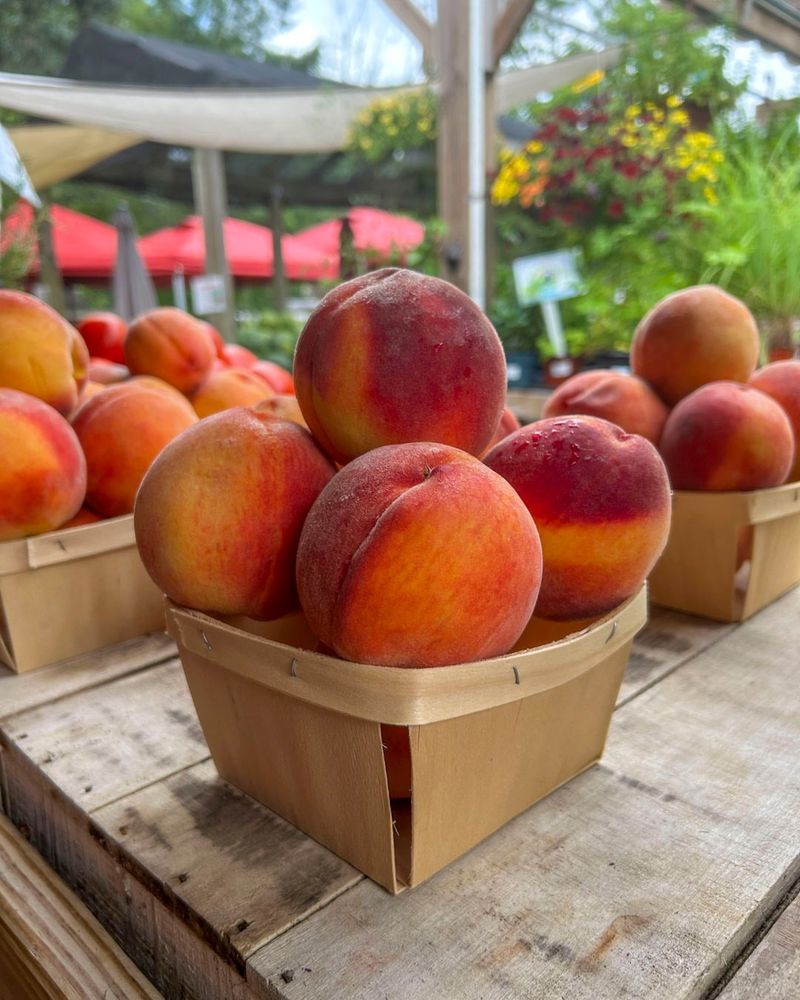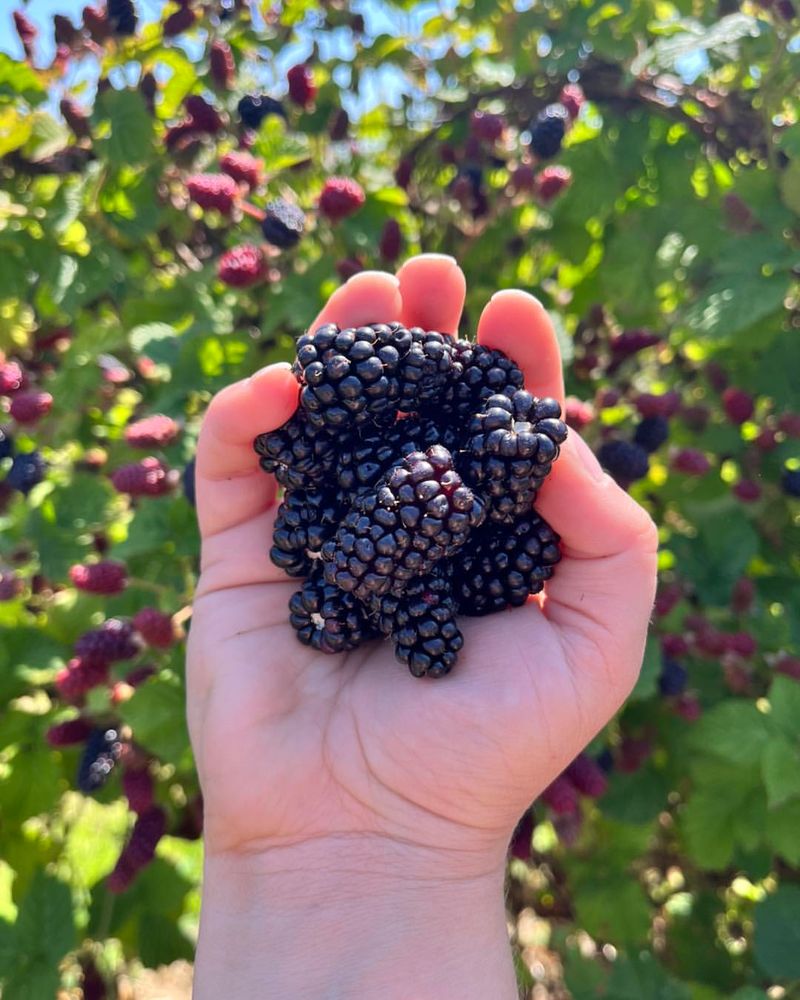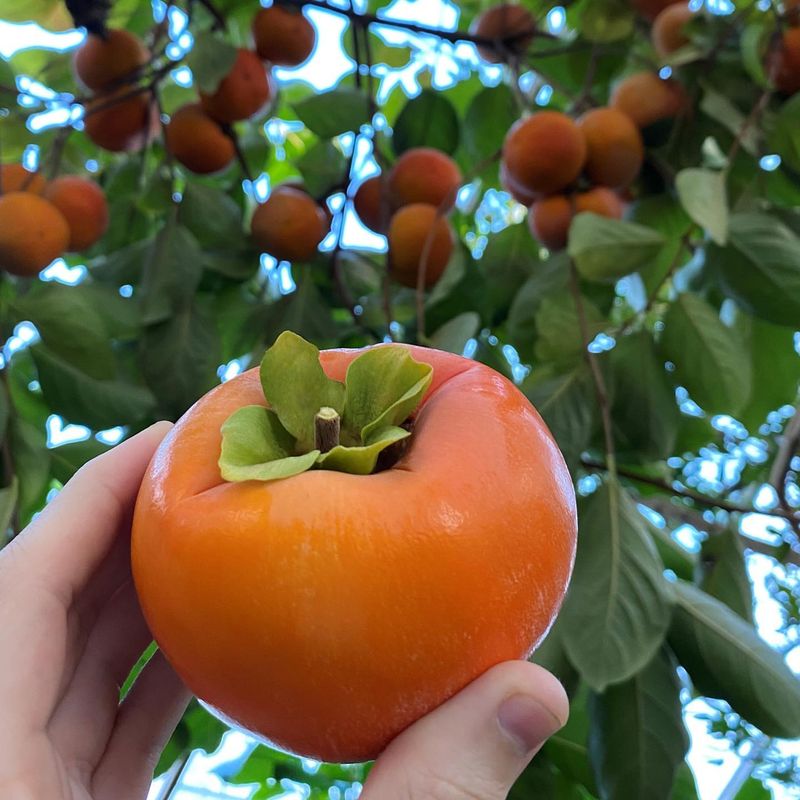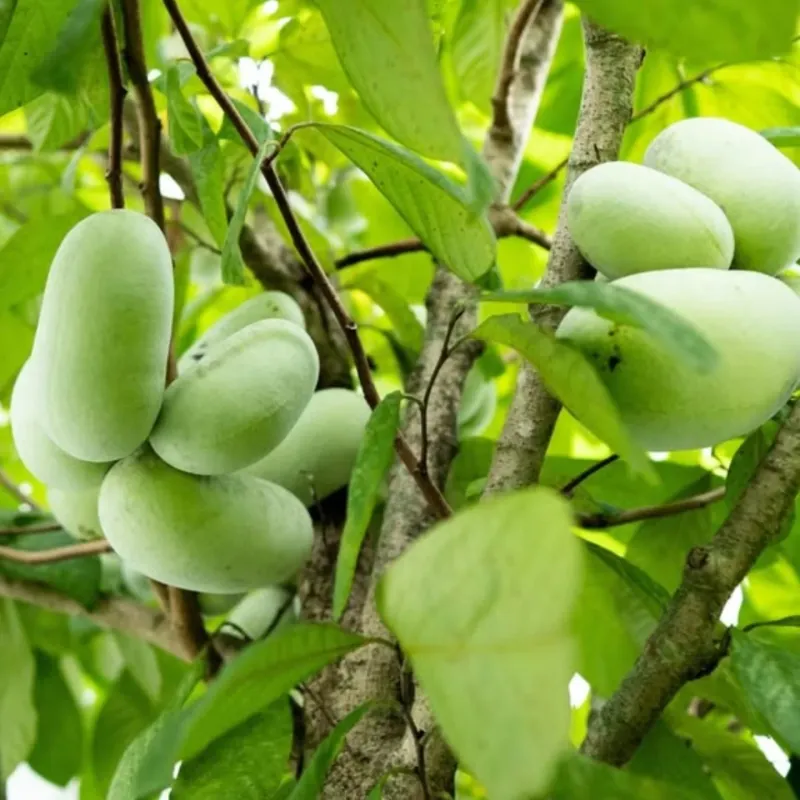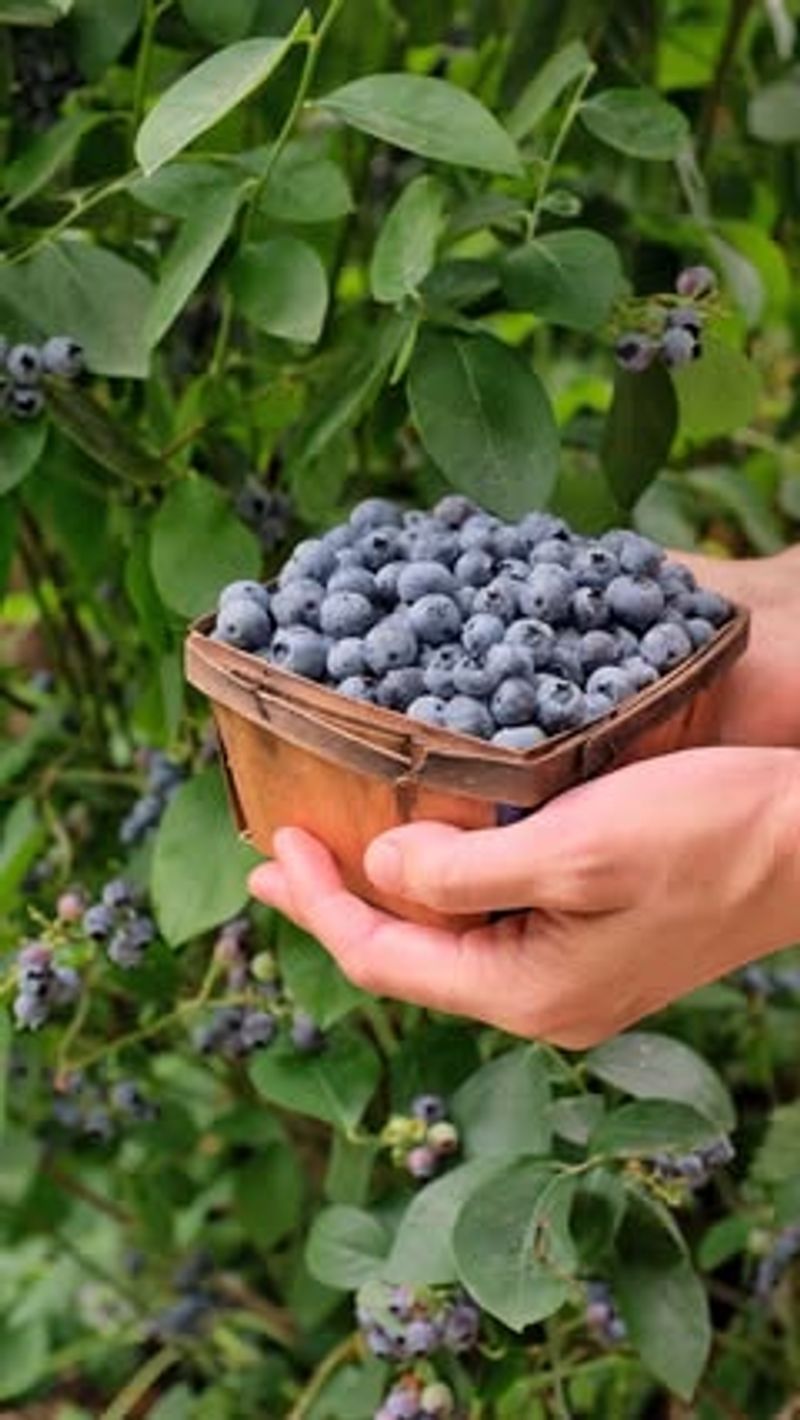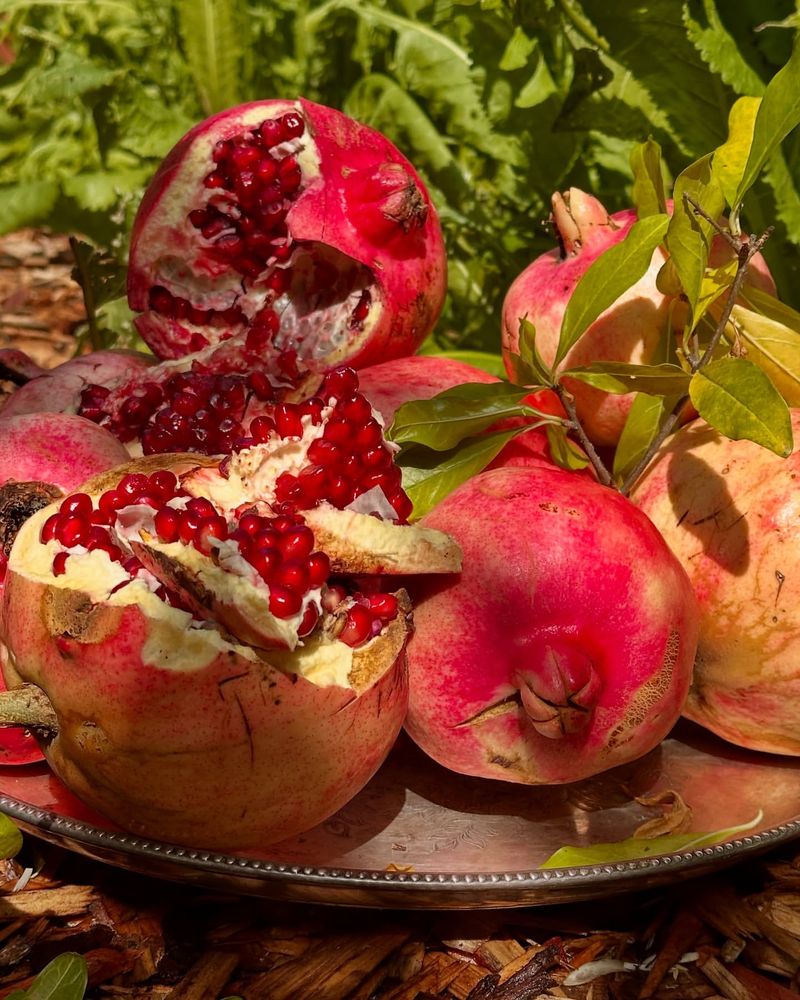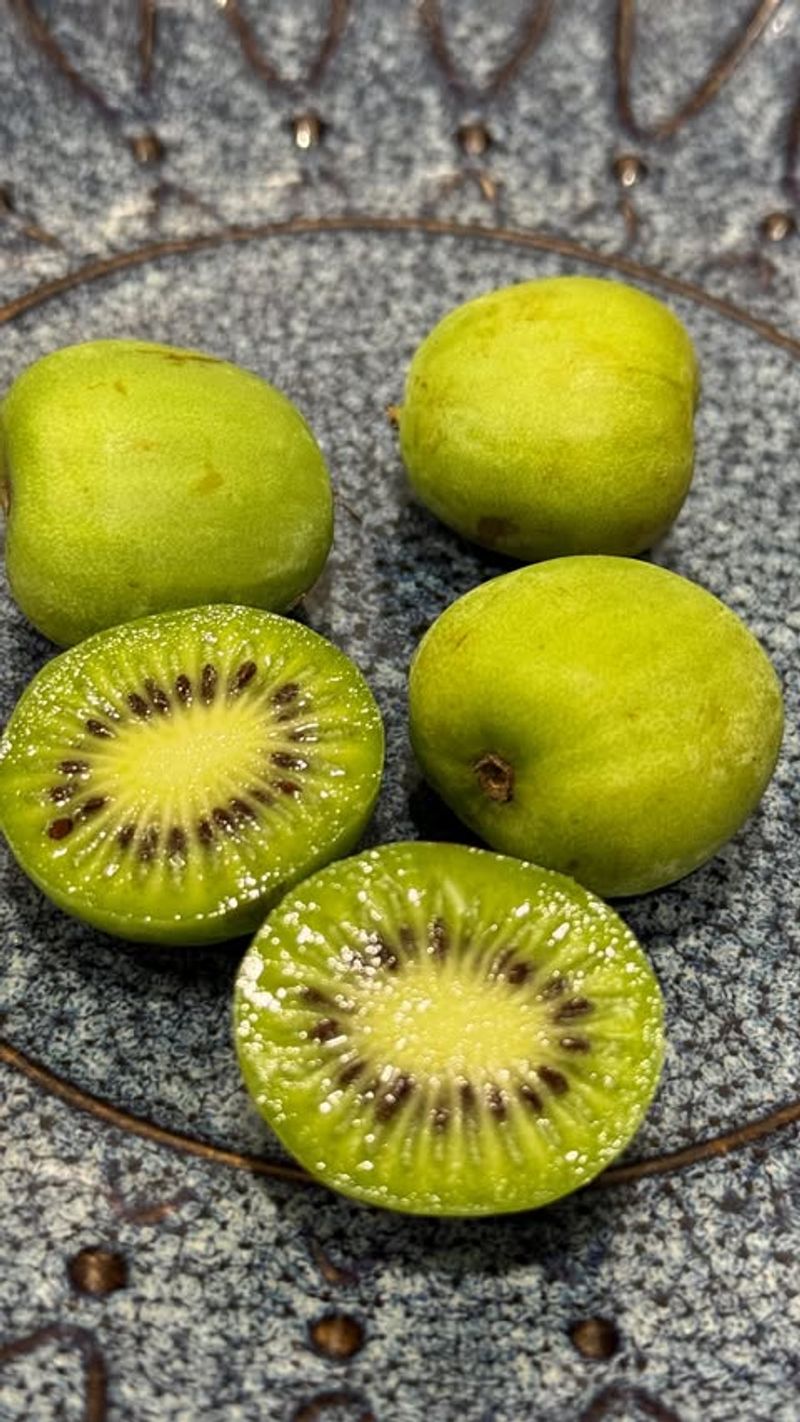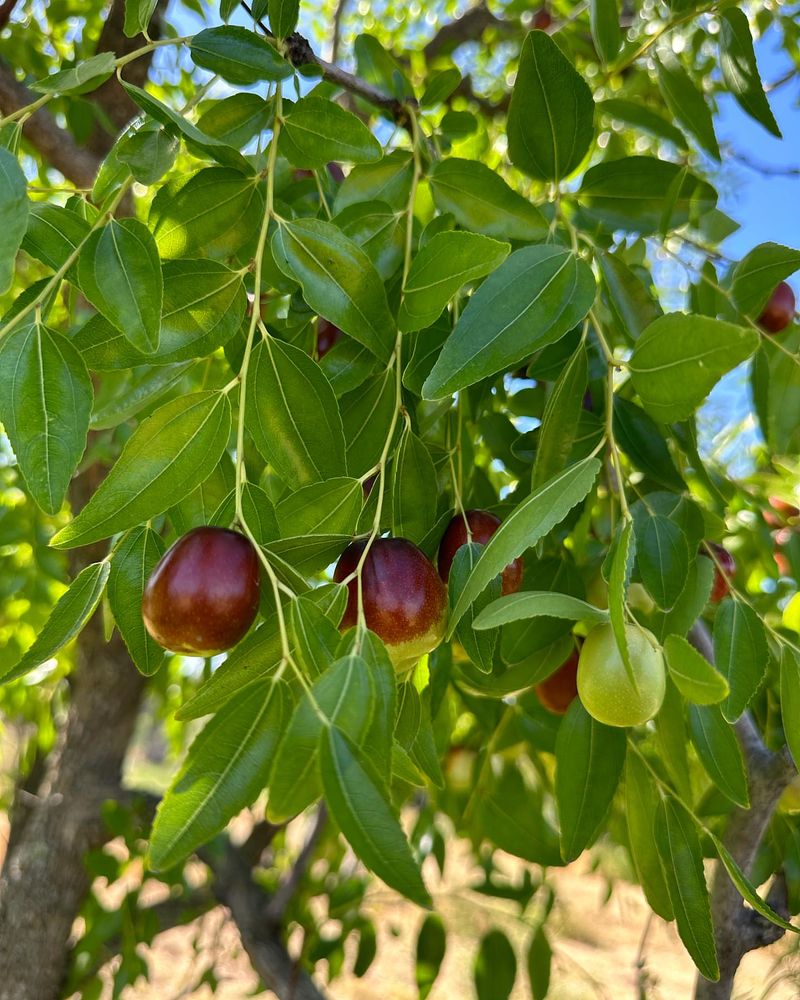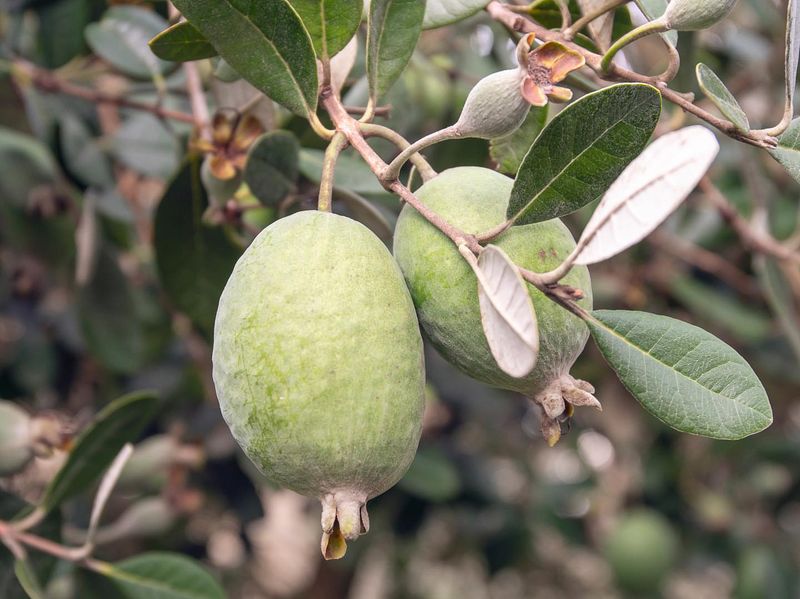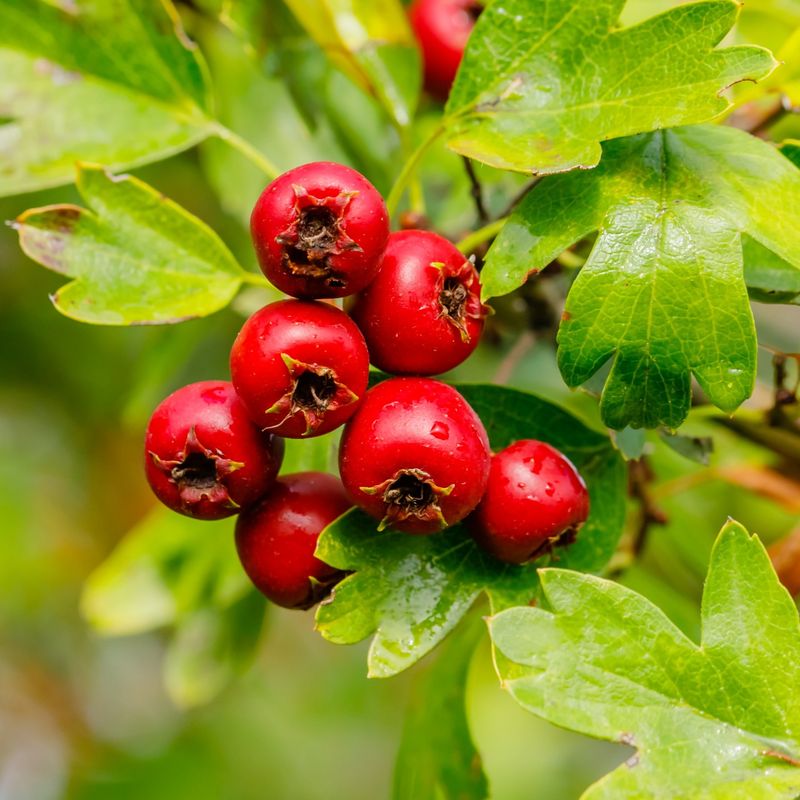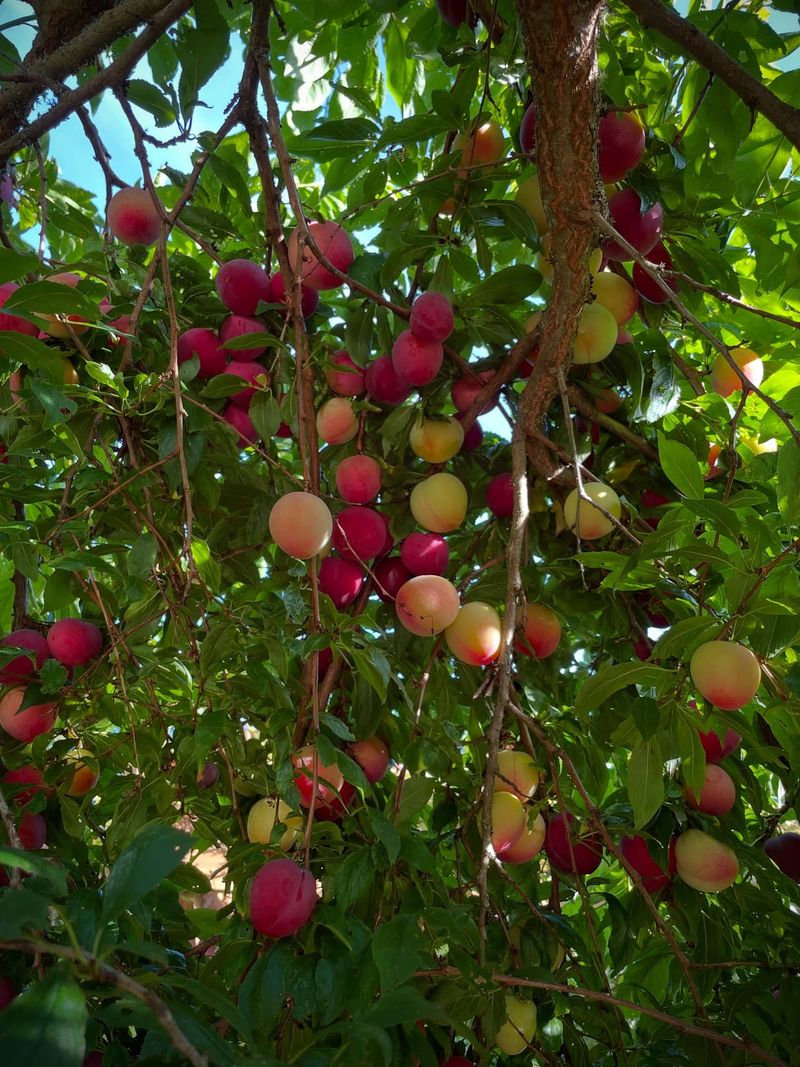South Carolina’s heat might be intense, but some fruits absolutely love it. I’ve grown a few that take off once the temperatures rise and reward you with juicy, sun-ripened goodness.
These heat-loving champs don’t just survive—they flourish in that Southern sunshine. If you’re tired of plants wilting in the summer, these fruits are ready to shine.
Let’s check out the ones that grow like a dream in South Carolina’s sizzling heat!
1. Watermelon
Nothing says summer in South Carolina like biting into a juicy slice of homegrown watermelon. These heat-loving fruits actually thrive when temperatures climb, developing their sweetest flavor during hot spells.
Sandy soils throughout the Palmetto State provide excellent drainage for watermelon roots. Most varieties need about 80-90 days to mature, so plant after the last frost for a midsummer harvest.
2. Figs
Hardy and undemanding, figs have graced South Carolina gardens for generations. They laugh at our summer heat while producing sweet, tender fruits that can be eaten fresh or preserved.
Many South Carolina gardeners find the Brown Turkey or Celeste varieties particularly reliable. Plant these beauties in a sunny spot with some afternoon shade, and they’ll reward you with two harvests – one in early summer and another in early fall.
3. Muscadine Grapes
Native to the southeastern United States, muscadines feel right at home in South Carolina’s climate. Their thick skins and sweet, musky flavor make them perfect for jams, wines, or eating fresh off the vine.
Unlike European grape varieties, these tough natives resist many diseases that plague other grapes in our humid state. Plant along a fence or trellis in full sun, and expect productive vines that will bear fruit for decades with minimal care.
4. Peaches
As South Carolina’s state fruit, peaches have proven their ability to handle our warm climate. Early varieties start ripening in May, while later ones continue the harvest through August.
For success in the Palmetto State’s heat, choose varieties with low chill requirements like Flordaking or Gulfking. Good air circulation helps prevent fungal issues during humid spells, so proper pruning is essential for healthy trees and delicious fruit.
5. Blackberries
Wild blackberries have thrived in South Carolina’s climate for centuries. Modern thornless varieties make growing these nutritious berries much more pleasant while still handling our summer heat beautifully.
Many gardeners across the state find Navaho or Ouachita varieties particularly successful. These plants prefer full morning sun with some afternoon shade during the hottest months, producing their juicy treasures in early summer before the worst heat arrives.
6. Persimmons
American persimmons grow wild throughout South Carolina, proving their natural adaptation to our climate. Their sweet, pudding-like flesh develops after the first frost, offering a unique late-season treat.
For reliable fruits without waiting for wild trees to mature, many South Carolina gardeners plant Asian persimmon varieties like Fuyu. These trees handle our heat and humidity with minimal issues, producing sweet fruits that can be eaten while still firm.
7. Pawpaw
America’s forgotten native fruit, the pawpaw offers tropical flavors with remarkable heat tolerance. Its custard-like flesh tastes like a blend of banana, mango, and vanilla – a surprising treat from a tree native to South Carolina.
Young pawpaw trees appreciate some shade in our intense summer heat. Plant at least two different varieties for proper pollination, and enjoy these unique fruits that were once a favorite of indigenous peoples throughout the Palmetto State.
8. Blueberries
Rabbiteye blueberries are particularly suited to South Carolina’s climate, handling our heat much better than northern highbush varieties. Their sweet-tart berries arrive in early summer and continue for weeks.
South Carolina gardeners find success with varieties like Climax, Premier, and Powderblue. These acid-loving plants thrive in our naturally acidic soils when planted in locations with morning sun and afternoon shade, producing abundant berries with minimal care.
9. Pomegranates
Surprisingly heat-tolerant, pomegranates produce their ruby-red jewel-like seeds even during South Carolina’s hottest summers. These ancient fruits combine ornamental beauty with delicious, antioxidant-rich treats.
Throughout the Palmetto State, pomegranates grow as multi-stemmed shrubs rather than trees. Plant in full sun with good drainage, and these drought-resistant plants will reward you with minimal care and maximum flavor, typically ripening in early fall.
10. Kiwiberries
Hardy kiwi or kiwiberries offer grape-sized fruits with smooth, edible skin and all the tropical flavor of their larger cousins. Unlike fuzzy kiwis, these smaller versions thrive in South Carolina’s climate.
Many gardeners throughout the state find these vines surprisingly adaptable. Plant male and female vines for proper pollination, provide a strong trellis, and enjoy these sweet little gems that ripen in late summer when many other fruits have finished producing.
11. Mulberries
Virtually indestructible in South Carolina’s heat, mulberry trees produce bountiful crops of blackberry-like fruits with minimal care. Their sweet-tart flavor works wonderfully in pies, jams, or eaten fresh from the tree.
These fast-growing trees can be found throughout the Palmetto State, sometimes reaching impressive sizes. Consider dwarf varieties if space is limited, and plant where fallen fruits won’t stain patios or driveways during the early summer harvest season.
12. Jujubes
Also called Chinese dates, jujubes offer apple-crisp texture when fresh and date-like sweetness when dried. These unusual fruits thrive in South Carolina’s heat and are surprisingly drought-tolerant once established.
Gardeners across the Palmetto State appreciate jujubes’ resistance to pests and diseases common in our humid climate. Plant these ornamental small trees in full sun with good drainage, and enjoy their unique fruits that ripen progressively from summer into fall.
13. Pineapple Guava
Despite its tropical name, pineapple guava (feijoa) handles South Carolina’s climate beautifully. The sweet-tart fruits offer hints of pineapple, guava, and mint in an easy-to-grow package with striking silver-green foliage.
Throughout the Palmetto State, these evergreen shrubs serve double-duty as ornamental plants and fruit producers. Plant in full sun to part shade, and enjoy the unusual fruits that ripen in fall when most summer fruits have finished their season.
14. Mayhaws
Native to southern wetlands, mayhaws produce small apple-like fruits perfect for jellies and preserves. Their natural habitat includes South Carolina’s swampy areas, proving their adaptation to our climate.
Many Palmetto State gardeners are rediscovering these heritage fruits that ripen in late spring. Unlike many fruits that struggle in wet soils, mayhaws can handle periodic flooding, making them perfect for those challenging low spots in your yard.
15. Loquats
Evergreen loquat trees offer winter interest and spring fruits in South Carolina gardens. Their yellow-orange fruits with apricot-plum flavor ripen in April or May, before most summer fruits begin.
Throughout the Palmetto State, loquats serve as ornamental trees with the bonus of edible fruits. The early ripening means they avoid summer pest problems, while their evergreen foliage provides year-round structure in the landscape even during our mild winters.
16. Japanese Plums
Unlike European plums that struggle in our humidity, Japanese plums are well-adapted to South Carolina’s climate. Their juicy, sweet fruits come in various colors from yellow to deep purple, ripening in early summer.
Gardeners across the Palmetto State find varieties like Methley and Santa Rosa particularly successful. These trees need full sun and good air circulation to prevent fungal issues in our humid environment, but reward proper placement with abundant harvests.

